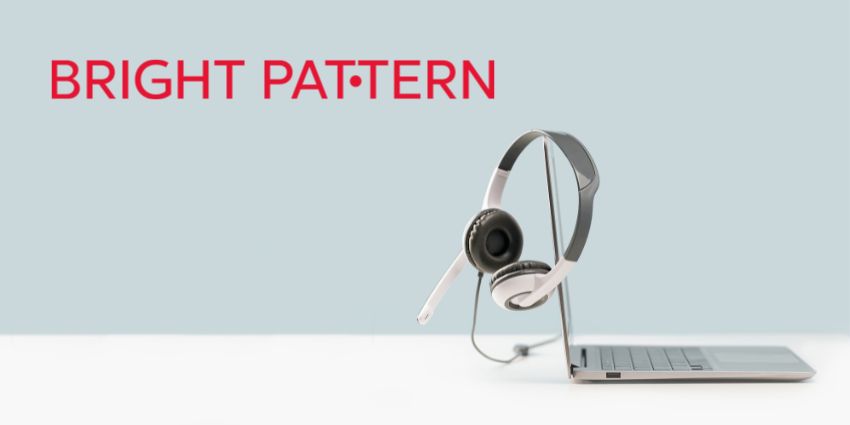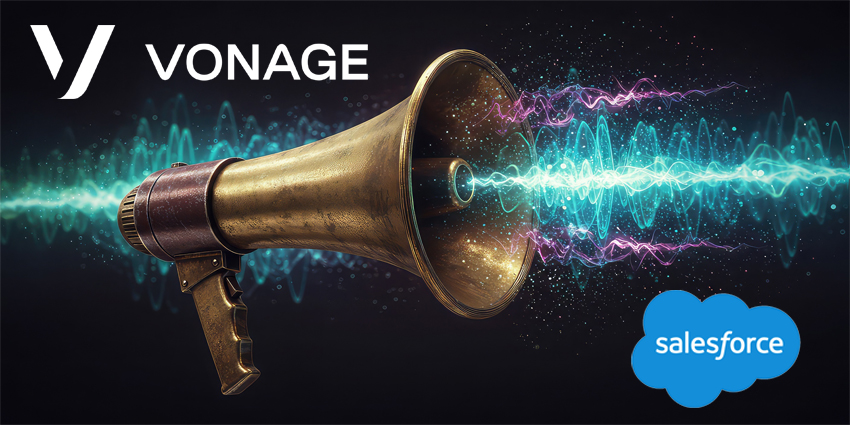In the early days of their existence, contact (or call centers) generally only handled voice calls and physical mail. As the digital landscape began to evolve, companies discovered new, more effective ways of interacting with their consumers.
The rise of new communication methods, from instant chat to video calls, now means companies can reduce call queues and waiting times while giving customers a more convenient, personalized experience. However, the evolution of customer communication has led to a massive change in the structure of current contact centers.
Companies need a more comprehensive array of technologies to deliver experiences that enhance customer loyalty, boost revenue, and improve employee productivity. Here’s your guide to the state of the modern contact center stack in 2024.
The Core Components of the Modern Contact Center
The right contact center technology is now a fundamental component of success in any industry. Companies need a flexible, agile, and innovative selection of tools to ensure they can compete on the basis of exceptional customer experience. The modern contact center needs:
A Cloud Foundation: Agility and Scalability are Key
The rapidly evolving world means legacy and on-premises contact center solutions are becoming increasingly redundant. As workplaces continue to evolve, embracing hybrid and remote work, customers embrace new communication channels, and innovative technologies arise, such as AI and automation, scalability and agility are crucial.
The cloud offers organizations the freedom to adapt their contact center solutions to their changing needs, without incurring unnecessary costs. With the cloud, companies can set up and manage remote work environments, handle sudden increases in demand, and integrate new features with ease.
Michael McCloskey, CEO of Bright Pattern stated, “A modern architecture must also be very reliable. Contact centers require high availability, and an active-active cloud deployment ensures that the solution is always available.”
What’s more, cloud solutions come with fewer upfront and maintenance costs than their on-premises alternatives, making them increasingly crucial in a difficult economy. All of these factors are pushing the CCaaS (Cloud Contact Center as a Service) market to grow at a phenomenal CAGR of 19.1%.
Essential Tools for Workplace Productivity
Modern contact centers can feature a host of innovative tools and features, from hunt groups and voicemail solutions to AI-powered assistants. However, while the needs of every organization will vary, some features are crucial for every company, such as:
- Automatic call distribution (ACD): As contact volumes continue to increase, ACD technologies are becoming crucial to managing the flow of interactions as effectively as possible. ACD solutions can route calls and messages to the best agent available based on factors like agent skill set, customer intent, and priority level.
- Predictive dialers: For outbound contact center employees, efficiency is essential. Proactive and predictive dialers can automate the process of dialing outbound numbers, helping to improve contact rates in the workplace and optimize resource allocation.
- Customer relationship management (CRM) Integrations: Today’s consumers demand personalized and contextual experiences across every channel. Integrations between the contact center software and a CRM solution can help organizations access a unified view of the customer across all touchpoints.
Solutions like Bright Pattern’s contact center empower companies to easily add CRM applications like Salesforce and Microsoft Dynamics to a unified agent desktop for enhanced productivity.
True Omnichannel Communication
As mentioned above, today’s consumers expect to be able to connect with companies on the channels of their choice, without compromising on convenient and streamlined experiences.
However, according to a report by Bright Pattern, around 57% of companies are using multiple channels in their contact center, which aren’t fully connected. In fact, only 6% of companies have a truly omnichannel contact center environment.
Creating an omnichannel contact center doesn’t just mean making new modes of communication available to customers. It also requires companies to align all of their distinct channels into a single ecosystem, where data and knowledge can be shared from one touchpoint to the next.
“Bright Pattern has a single unified architecture all natively built. This provides a seamless customer and agent experience across all channels and a superior customer experience”, said Mike Galagher Head of Marketing at Bright Pattern.
A full omnichannel experience allows agents to preserve context from each stage of a customer conversation, allowing for a more integrated and seamless customer experience.
Agent Empowerment Tools
Increasingly, companies are recognizing that excellent customer experiences start with excellent employee experiences. The more empowered and supported team members are, the more effectively they can serve and support consumers. Comprehensive contact center solutions come with various built-in tools for agent empowerment, such as:
- Computer Telephony Integration (CTI): Computer telephony integration combines phone systems with computers, allowing agents to rapidly access information during a call. This ensures agents are always informed, and have access to the right resources at all times.
- Knowledge management systems: Holistic knowledge management systems provide agents with easy access to the information they need to resolve customer issues. This can include insights into CRM data, product data, and common troubleshooting methods.
- Workforce management: Integrated workforce management tools within a contact center can help companies optimize agent scheduling to ensure they meet customer demand. Additionally, they can help to boost workplace engagement and satisfaction.
What’s more, many modern contact centers, such as Bright Pattern’s contact center, ensure agents can access the resources they need on any device, in any location with an internet connection, enabling new levels of mobility in the workplace.
Analytics and Reporting Tools
Consistently optimizing and enhancing the performance of the contact center and your modern contact center agents, requires access to the right data and metrics. Companies need to be able to proactively track key metrics and KPIs across all of the channels they use for customer service.
Innovative contact center solutions should be able to track everything from call volume to agent performance metrics, like average handling time, and even customer satisfaction rates. More importantly, the most intuitive solutions leverage AI and automation to help companies pinpoint trends and opportunities, finding areas for improvement and enhancement.
With powerful reporting tools, companies can access all of the data and analytics they need for their entire contact center in a single dashboard, paving the way for intelligent decision-making.
Artificial Intelligence
Finally, one of the most significant features of the modern contact center today, is artificial intelligence. AI solutions have emerged as a critical tool for managing customer interactions, and offering companies crucial insights into consumer journeys.
AI solutions like chatbots and virtual agents can handle simple inquiries automatically, on a 24/7 basis, freeing agents up to focus on more complex issues, and giving customers a consistent level of support. Intelligent analysis tools, like solutions that use sentiment analysis and natural language oprocessing, can even identify customer frustrations, helping to route them to the correct agent.
There are even AI solutions that can assist agents in real-time, offering next-best action guidance and coaching based on historical and real-time data. AI can simultaneously improve customer and employee experience, leading to better contact center outcomes.
The Rise of the New Contact Center Stack
The components of an effective contact center stack today are a world apart from the simplistic solutions companies relied on in the past. Today’s contact centers need to enhance employee and customer experience with an omnichannel environment, intelligent tools, and crucial solutions for task automation.
Implementing a modern contact center stack is how companies ensure they can maintain a competitive edge in the current landscape, and improve overall operational efficiency.







